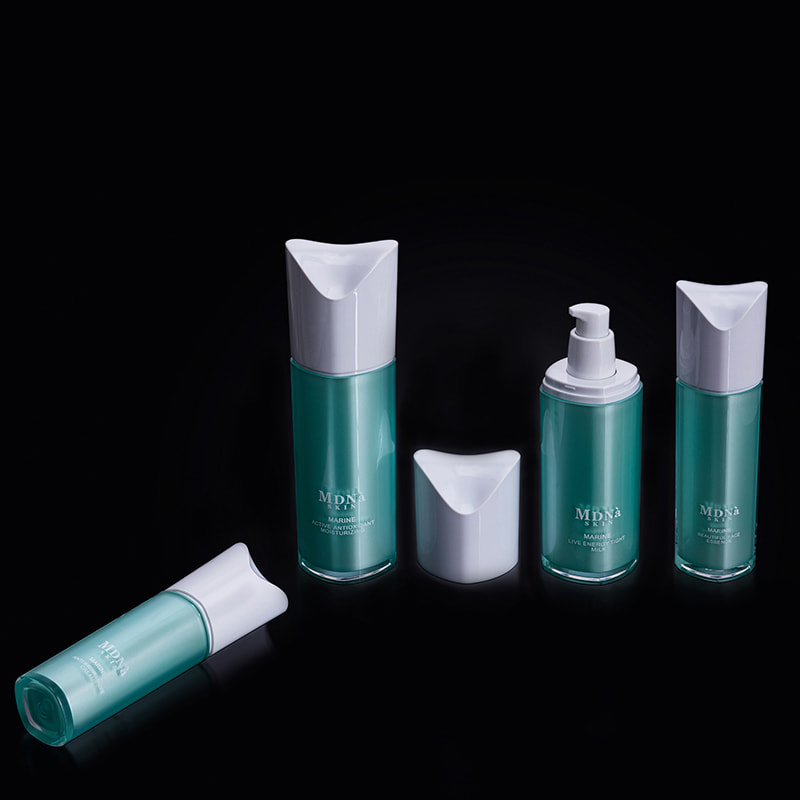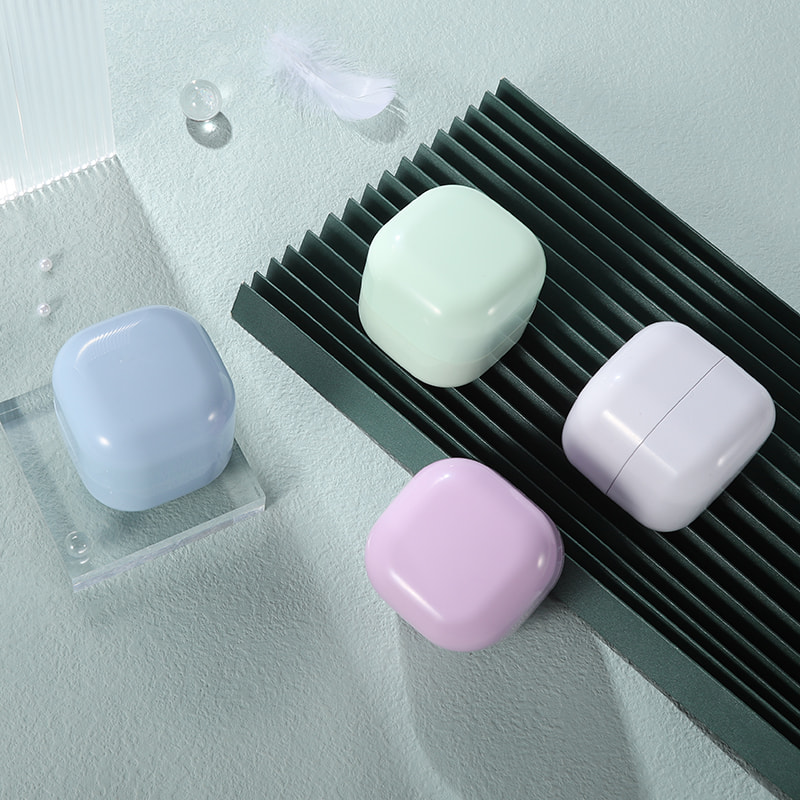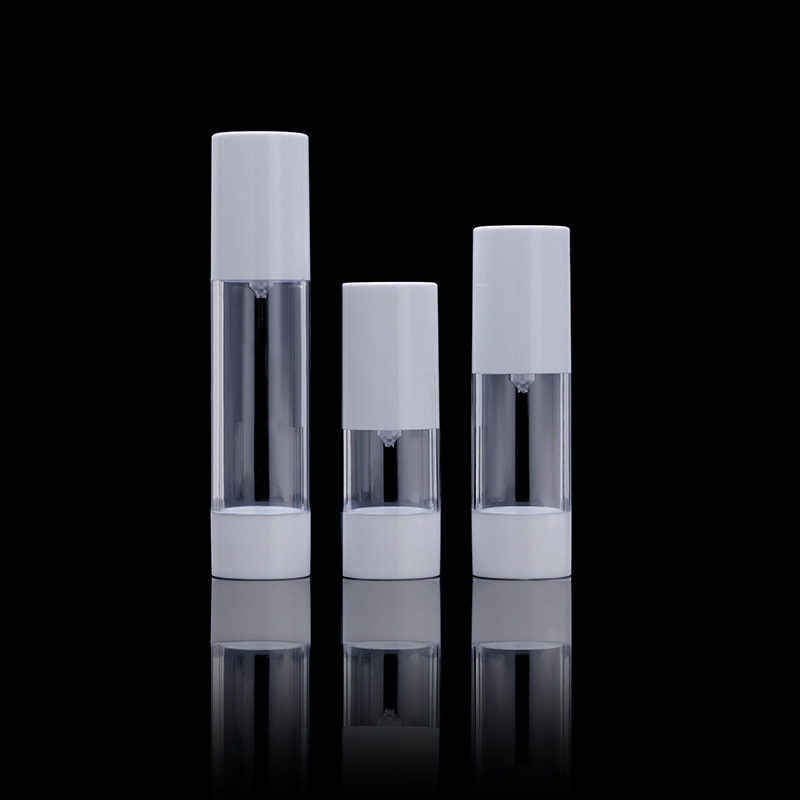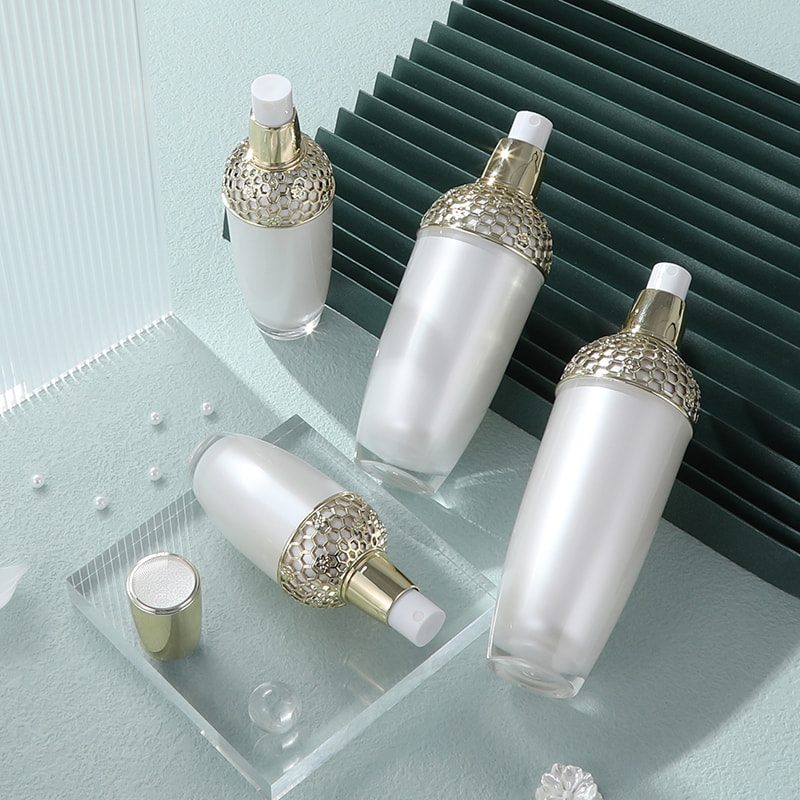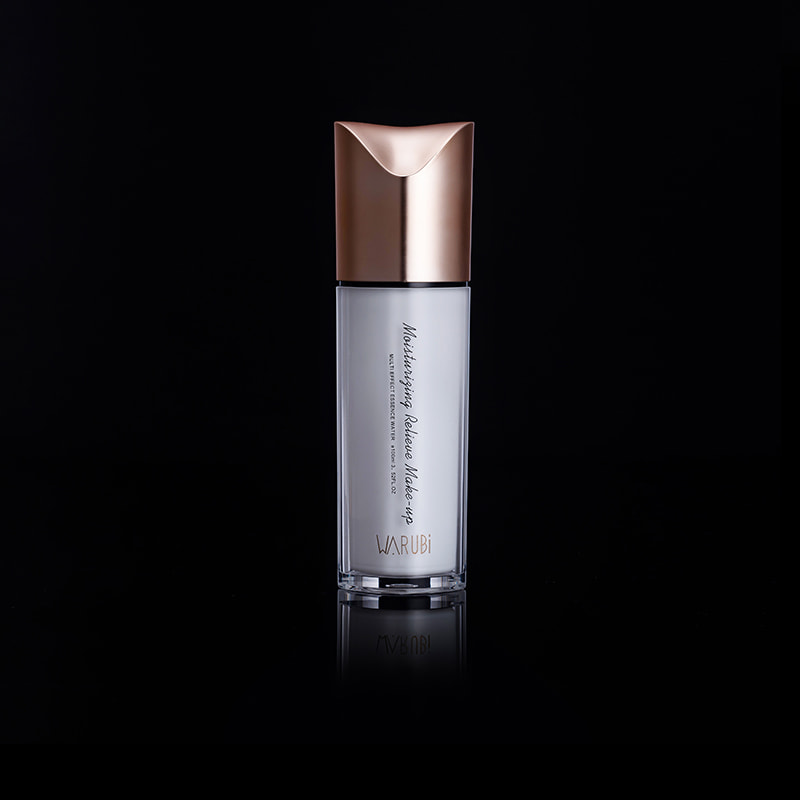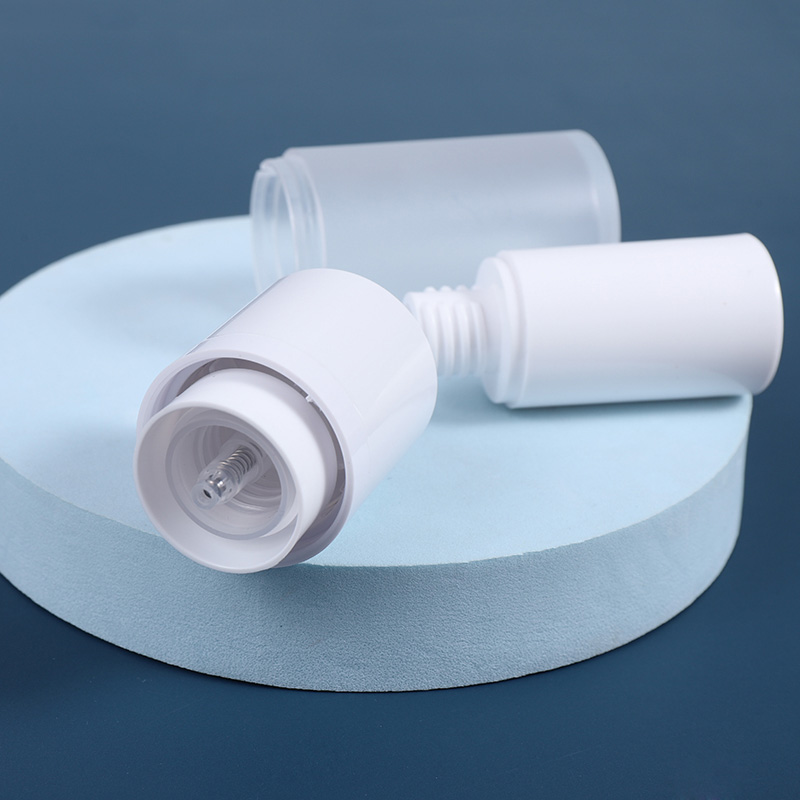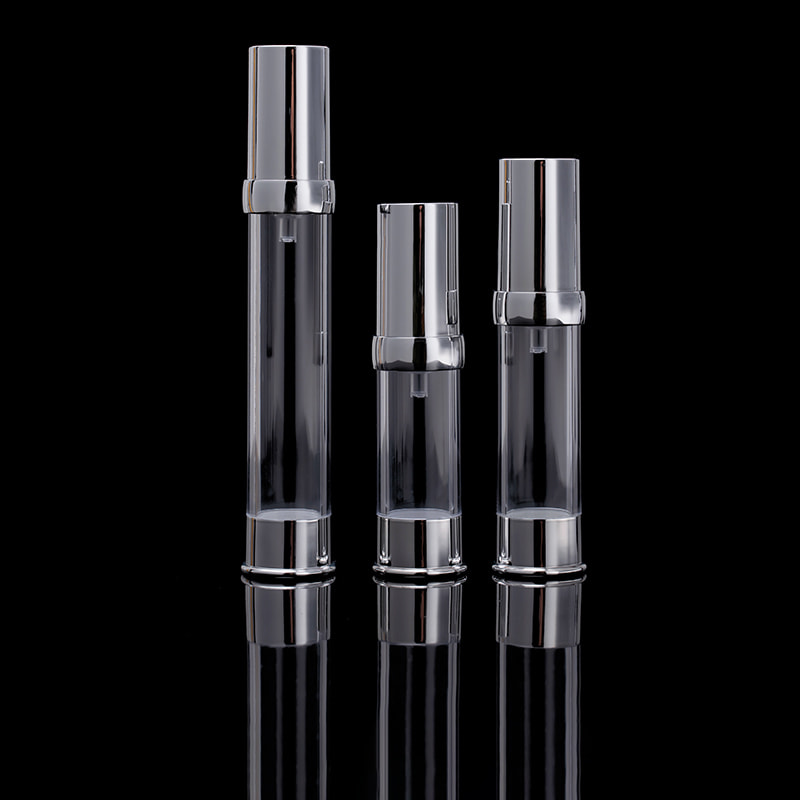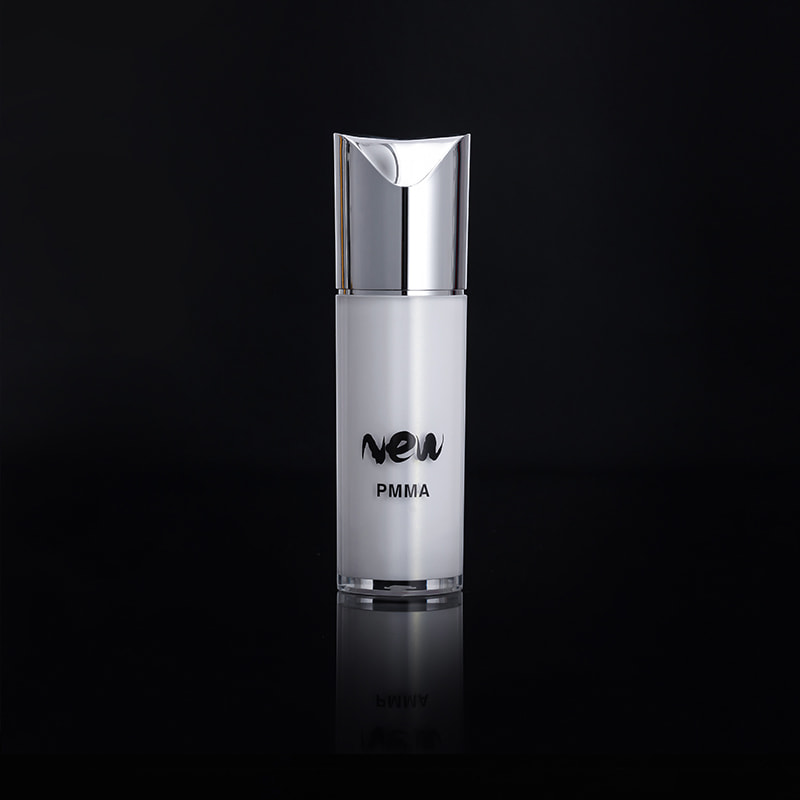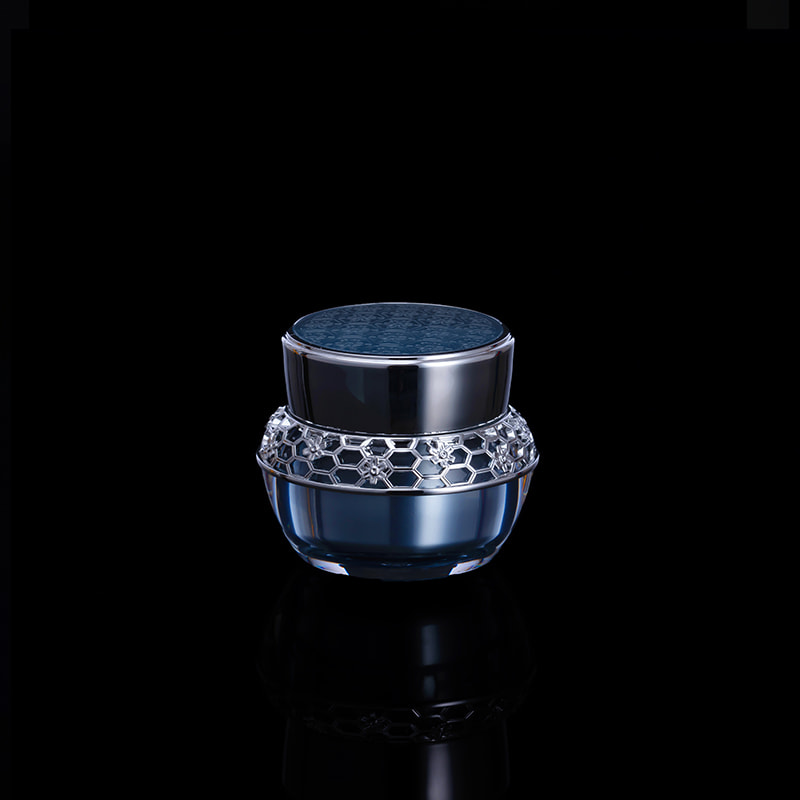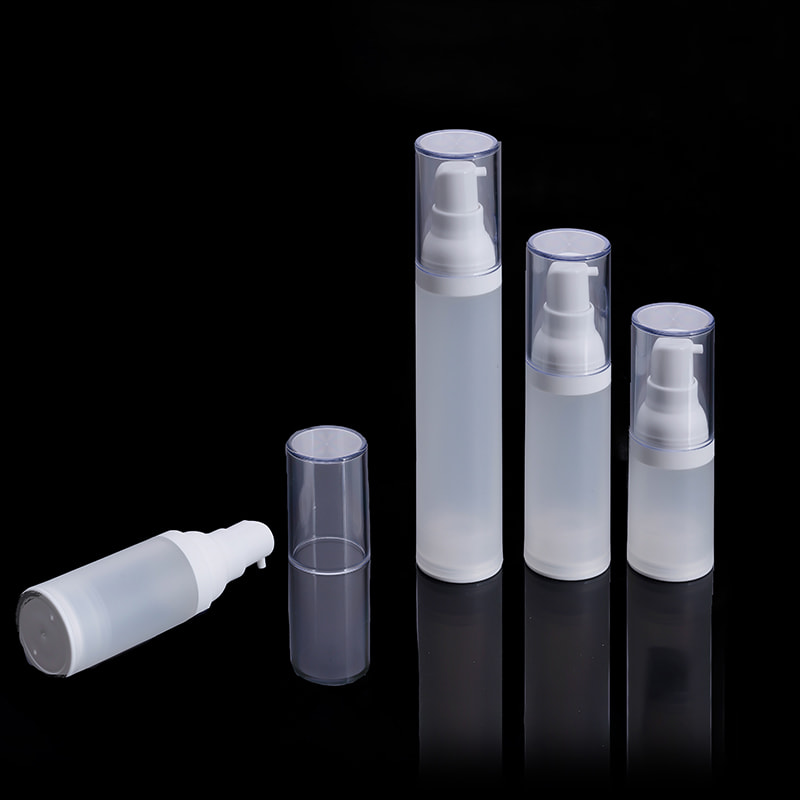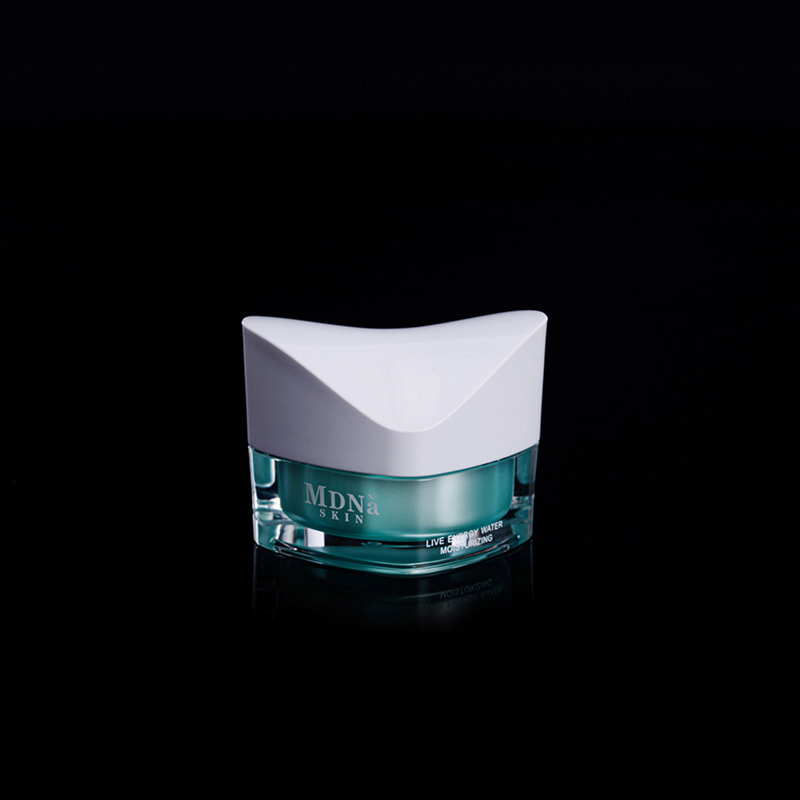What Are Some of the Common Applications of a Screw Pump?
A Screw Pump is also known as a water screw and it us […]
A Screw Pump is also known as a water screw and it uses one or more screws to move fluids in a circular chamber. A single screw rotates within a cylindrical cavity and moves material along its spindle. Depending on its type, a screw pump can be used for several different applications. Among them are the following. Here is a short description of some of these common applications. Listed below are some of the most common uses for a Screw Pump.
The eccentric screw is a simple and effective way of conveying a large volume of fluid. It is used in petroleum production, adhesives, and pulp industries. The screw also works well for conveying liquids, such as paints, varnishes, and plastics. There are a variety of benefits to using this type of pump. Here are a few of them:
A Screw Pump functions by sucking in liquid from the suction end and drawing it into the discharge end. The drive shaft is protected by a bearing housing on the drive end of the pump. Large bearings on both the shaft and driver drive are installed in this housing to prevent the shaft from slipping during use. These pumps are designed to run on a lubricant that is compatible with the materials that it moves. They are also extremely durable and require little maintenance.
A Screw Pump has three screw spindles. One is a driver, while the other two are driven. The movement of the screw causes a fine clearance between the screws, which is responsible for the pumping action of the fluid. The motor powers the main screw and couples it to the other two screws. This coupling also gives the pump a stable drive at the desired pressure. And as the rotors move, they also reduce the volume of the fluid in the reservoir.
A Screw Pump is a positive displacement rotary pump, which means that it moves fluid by continually displacing the area in which it is located. The screw is enclosed within a liner, which is usually metal. Fluid fits into the cavities within the liner, which makes it possible for the fluid to rotate through the pump. The rotating screws force the fluid out of the discharge as they mesh. That means that the Screw Pump is an effective way to move fluids.
Because a Screw Pump can withstand various operating conditions, it is essential to maintain proper housekeeping and keep it functioning properly. Never intentionally run a Screw Pump dry, as this will damage its components and affect the pump's performance. Also, never let the output valve shut. The pressure can increase to high levels within a few minutes if the recirculating valve is not properly positioned. Additionally, it is important to ensure that all the connections and pipelines to the Screw Pump are properly connected. And remember to check for leaks!
One-spindle Screw Pumps are the most common type of screw pump. They work on a positive displacement principle, which is why the screw pump is also called a PC pump or progressive cavity pump. Essentially, this pump is composed of a rotor and two spiral elastomer stators. Moreover, the Screw Pump can be used for various applications. These applications include the transportation of viscous fluids, such as multi-stage liquids and steam.
